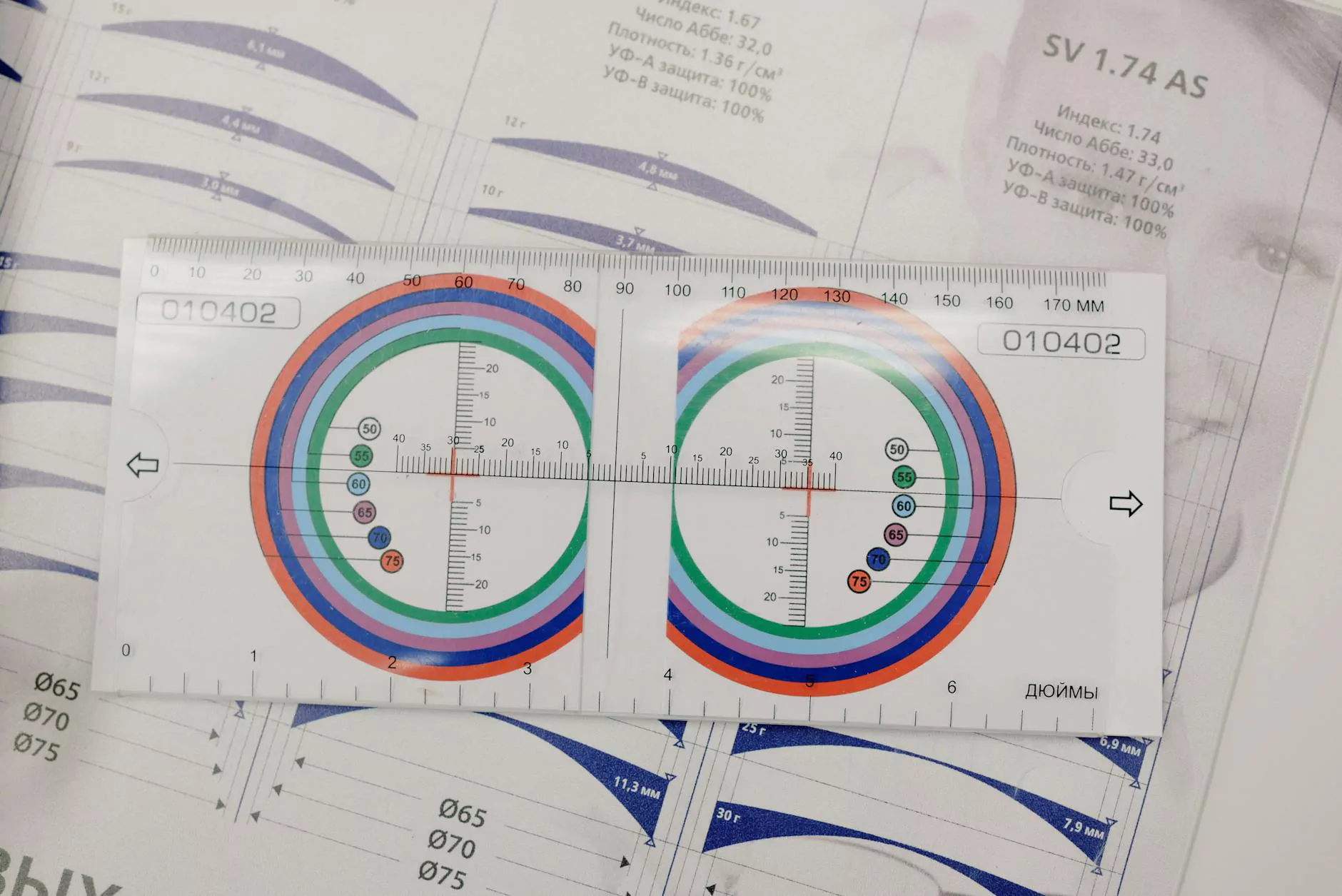Comprehensive Guide to Lung Nodules Treatment Options at Neumark Surgery

Understanding lung nodules and their treatment options is crucial for patients diagnosed with this condition. At Neumark Surgery, a leading medical center specializing in Doctors and Health & Medical services, our expert team provides personalized care, advanced diagnostic techniques, and effective treatment strategies tailored to each patient’s unique needs. This comprehensive guide aims to demystify the various lung nodules treatment options available, helping you make informed decisions about your health and well-being.
What Are Lung Nodules?
Lung nodules, also known as pulmonary nodules, are small, round, or oval-shaped growths that appear in the lung tissue. Typically less than 3 centimeters in diameter, these nodules are often discovered incidentally during chest X-rays or CT scans performed for unrelated health concerns.
While most lung nodules are benign (non-cancerous), a small percentage may represent early-stage lung cancer or precancerous conditions. Therefore, accurate diagnosis and appropriate management are essential in determining the right treatment plan.
Importance of Accurate Diagnosis in Lung Nodule Management
Before discussing lung nodules treatment options, a precise diagnosis is paramount. Our experts employ state-of-the-art imaging and biopsy techniques to evaluate the nature of the nodule, assessing whether it is benign or malignant. This step ensures that patients receive targeted interventions, reducing unnecessary procedures and enhancing outcomes.
Diagnostic Techniques Used at Neumark Surgery
- High-Resolution Computed Tomography (HRCT) – Offers detailed images of the lung tissue, helping to characterize nodules’ size, shape, and location.
- Positron Emission Tomography (PET) Scan – Assists in detecting metabolic activity within the nodule, aiding in distinguishing benign from malignant growths.
- Biopsy Procedures – Including transthoracic needle biopsy, bronchoscopy-guided biopsy, or surgical biopsy, to obtain tissue samples for definitive diagnosis.
- Blood Tests – To evaluate overall health and rule out other underlying conditions that might mimic or influence lung nodule appearance.
Primary Factors Influencing Lung Nodule Treatment Options
The choice of treatment depends on multiple factors, including:
- The size, shape, and location of the nodule
- The patient's overall health status and lung function
- Risk factors such as smoking history, age, and family history of lung disease
- The likelihood of malignancy based on diagnostic findings
The Range of Lung Nodules Treatment Options
1. Active Surveillance and Monitoring
For small (less than 8 mm in diameter), benign-appearing nodules, a conservative approach of active surveillance is often recommended. This involves regular imaging, typically every 3 to 6 months, to monitor any changes in size or characteristics. This strategy minimizes unnecessary interventions while ensuring early detection of any concerning developments.
Advantages: Non-invasive, cost-effective, reduces patient anxiety associated with invasive procedures.
Disadvantages: Necessitates ongoing follow-up and patient compliance.
2. Surgical Removal of Lung Nodules
Surgical intervention remains the gold standard for definitive treatment, especially when malignancy is suspected or confirmed. Surgical options include:
- Wedge Resection: Removal of the nodule along with a small margin of healthy tissue. Recommended for small, peripheral nodules.
- Segmentectomy: Resection of a larger segment of the lung tissue containing the nodule, preserving more lung function.
- Lobectomy: Removal of an entire lobe of the lung, often performed for larger or centrally located nodules with high suspicion of cancer.
Minimally invasive techniques, such as Video-Assisted Thoracoscopic Surgery (VATS) and Robotic-Assisted Thoracic Surgery, are preferred at Neumark Surgery for their reduced pain, shorter hospital stays, and quicker recovery times.
These surgical procedures are performed under local anesthesia with high precision, ensuring the complete removal of suspicious nodules while conserving lung function.
3. Non-Surgical Interventional Procedures
When surgery is not advisable due to patient health or nodule location, alternative techniques are available:
- Radiofrequency Ablation (RFA): Uses heat generated by radio waves to destroy cancerous cells in the nodule.
- Microwave Ablation (MWA): Employs microwave energy for ablation, often used for larger or more challenging lesions.
- Cryoablation: Freezing therapy that destroys abnormal tissue with extreme cold, suitable for patients with comorbidities.
These minimally invasive options have shown promising results, offering effective treatment with reduced risks and recovery times.
4. Medical Management and Pharmacotherapy
In specific cases, especially with benign or slow-growing nodules, a conservative approach with pharmacotherapy may be an option. This includes the use of medications to control underlying conditions or reduce inflammation that could contribute to nodule growth. However, this is generally supplemental and not definitive treatment for malignant nodules.
The Role of Emerging Technologies in Lung Nodule Treatment
Advancements in medical technology are transforming lung nodules treatment options. Innovations such as molecular imaging, precision biopsy techniques, and targeted therapies are enabling more accurate diagnosis and personalized treatment plans. At Neumark Surgery, we integrate these cutting-edge technologies to improve outcomes and enhance patient care.
Comprehensive Post-Treatment Care and Follow-Up
Effective treatment extends beyond the procedure. Our dedicated team emphasizes post-treatment monitoring to detect recurrence or complications early. Follow-up protocols include regular imaging, pulmonary function testing, and consultations to ensure complete recovery and peace of mind.
Choosing the Right Treatment Provider
Experience, technology, and a multidisciplinary team approach are crucial in managing lung nodules. Neumark Surgery offers expert physicians trained in advanced thoracic surgical techniques, supported by comprehensive diagnostic capabilities. Our personalized care plans are designed to maximize safety, minimize risks, and achieve the best possible outcomes.
Conclusion: Empowering Patients with Knowledge and Care Excellence
Facing a diagnosis of lung nodules can be daunting, but understanding your lung nodules treatment options empowers you to participate actively in your healthcare decisions. Whether opting for active surveillance, minimally invasive surgery, or innovative ablation techniques, the goal remains the same: to ensure optimal health, preservation of lung function, and peace of mind.
At Neumark Surgery, our dedicated team is committed to providing exceptional, personalized care using the latest medical advancements. If you or your loved ones are dealing with lung nodules, contact us today to schedule a consultation and take the first step toward effective management and improved quality of life.









